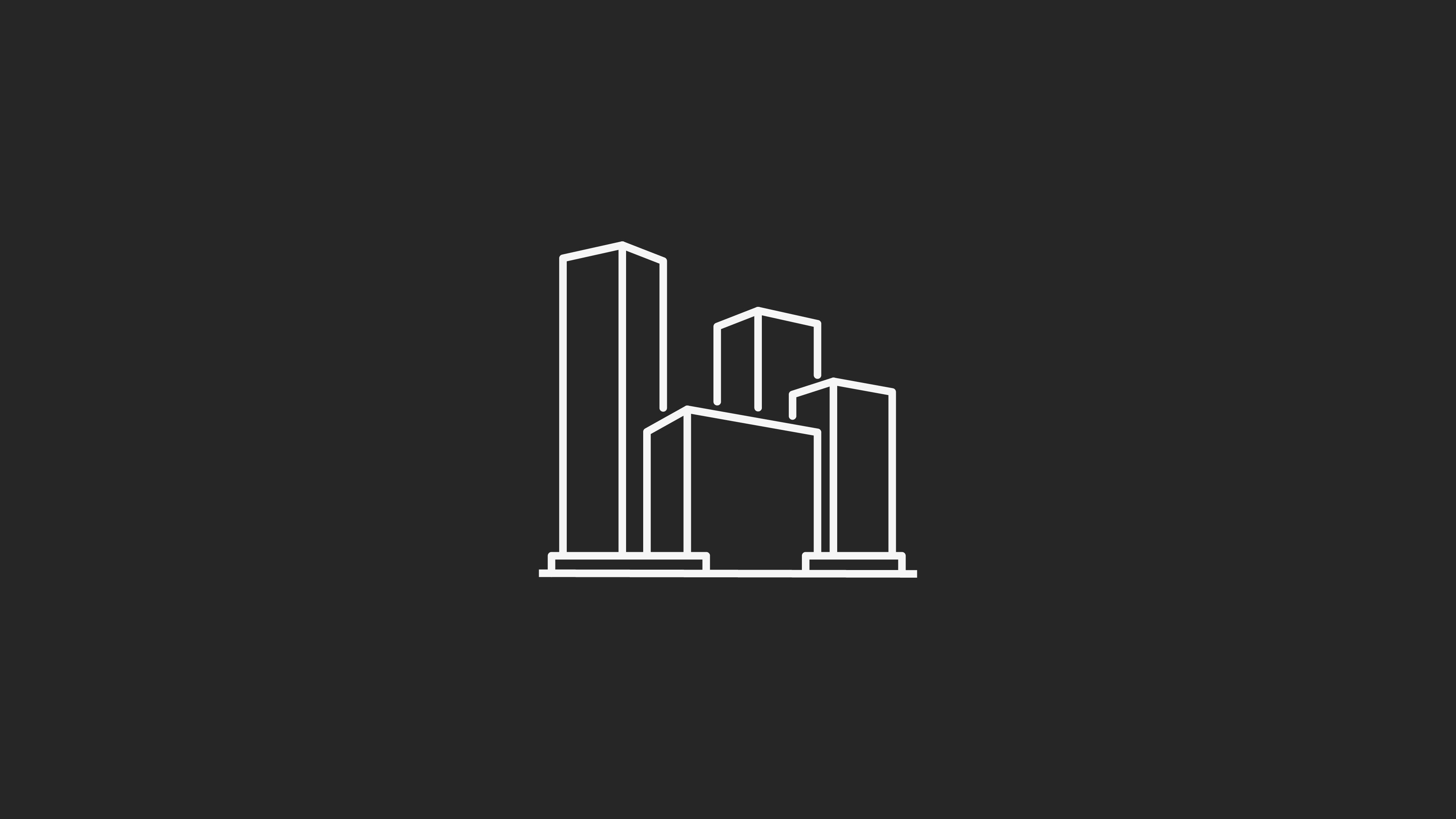When buildings sing

Traditionally, the role of the team looking after real estate has been about providing facilities services, logistics and managing cost. Real estate questions have not worried brand strategists and designers.
Dramatising a brand in the workplace environment can help create a shared culture, desired behaviours and drive differentiation in the war for work and talent. The likes of Google and Virgin understand this well, but the design of our offices is yet to be considered and the domain of marketeers. It is time for the workplace to be seen as a key brand asset to be measured and managed.
Taking buildings
Alain de Botton in ‘The Architecture of Happiness’ speaks to the powerful influence of architecture and design on our mood and perspectives. He wrote: “Large ideas about intelligence or kindness, youth or serenity, can be communicated in chunks of wood and string, or in plaster and metal contraptions, as well as they can in words.”
The relationship between the physical environment and those within has long been implicitly understood. Homes paint a vivid picture of the people who live inside. Pictures of family and places line the walls, furniture choices, decorations, books and arrangements provide cues on tastes, attitudes and passions.
Beyond our houses it is clear how design can produce feelings of spirituality and even ardent belief — from the fluidity and balance inherent in traditional Buddhist architecture, communicating the key tenets of a philosophy, to feelings of majesty and grandeur in Rome’s Cathedrals. That all major religions rely heavily on deliberately designed places of worship demonstrates the power of architecture to communicate ideals and inspire attitudes beyond the written and spoken word.
Design has even influenced entire societies, the fascist architecture of Germany and Italy in the 20th century, conveying power, strength and order, was a crucial tool in imposing the regime and its values. While the simplicity, beauty and naturalism of Japanese architecture has underpinned a much-revered culture.
Buildings are clearly much more than functional entities, they speak volumes, and we can influence what they say.
Rethinking the workplace
I recently came across three insights related to branding, culture and the workplace which made me reflect on an often-missed opportunity:
- Only 28% of employees strongly agree that they know their company’s brand values.
- 92% would consider switching to a company with a good cultural reputation.
- In a study by Saracen Interiors of 1,000 UK office workers, 43% say they’ve rejected job offers in the past from employers with uninspiring offices.
Brand communication is now a fundamental management discipline, encompassing everything from advertising campaigns to logos and design principles. Underpinning all of it is the firm belief that uniformly applying one visual and verbal identity across the full communications mix creates a distinct identity for the organisation.
At its most effective, brand is an organising intelligence that drives everything a business does. Employees are a firm’s most valuable intangible asset, and so internally the marriage of culture and behaviours with brand has grown in importance. Efforts are made to provide a common sense of purpose, create brand advocates and build motivated, committed teams who positively project the brand identity.
But we rarely consider how the internal brand and culture might be communicated via the workplace itself. We hold townhalls on values, we redesign websites, HR teams plaster behaviours on walls, but how the brand essence is reflected more subtly in an organisation’s physical environment is an area often overlooked.
The design of our environment can proactively influence mood, attitudes and behaviours, and communicate the brand with clarity. So, imagine the office treated as a critical asset to be measured and managed through a dynamic collaboration between real estate, people and marketing teams. An opportunity to strengthen the brand identity, create culture and — for companies in the service industry — to make positive, distinctive impressions on clients, prospects and talent.
Designing a solution
Writing on the design of religious buildings Daelemans says that “space must be played as an instrument. Any building should ‘sing’ the best it can, in resonance and in interaction with its users.”
The interior atmosphere is developed through a combination of ‘psychological’ elements — light and shadow, colour, scale, composition and even special effects impact how we feel in a space. All of which can be developed with the brand in mind, creating an effect aligned with the key tenets the organisation wishes to communicate and — whether that be reliability and quality like British Airways, or energy and playfulness like Virgin.
The process of workplace branding starts with — like everything else — a clear brief. Balancing the kind of organisation the company wants to be, with an understanding of the kind of culture employees are excited to be part of.
With a joint effort from agency, brand marketing, the people function, leadership and real estate teams, insights from the exploratory stage would drive the architect’s/designer’s solution. This solution would be evaluated and refined with the brand in mind and, once delivered, measured in the same vein as campaign effectiveness and employee satisfaction for the impact it has in communicating the agreed brand characteristics and values.
We are all subject to our environment, inconveniently vulnerable to the colour of our wallpaper. But there is huge potential in this. Curating and managing the workplace, making it sing with the voice of our brands, can have a dramatic impact on the experience of those within — driving engagement, culture and differentiation. Organisations are already paying to decorate and curate their workplaces, so why not do it with the brand in mind? An inspiring new palette for the marketeer.
Article shortlisted for the WPP Atticus Awards. Read original article on WPP.